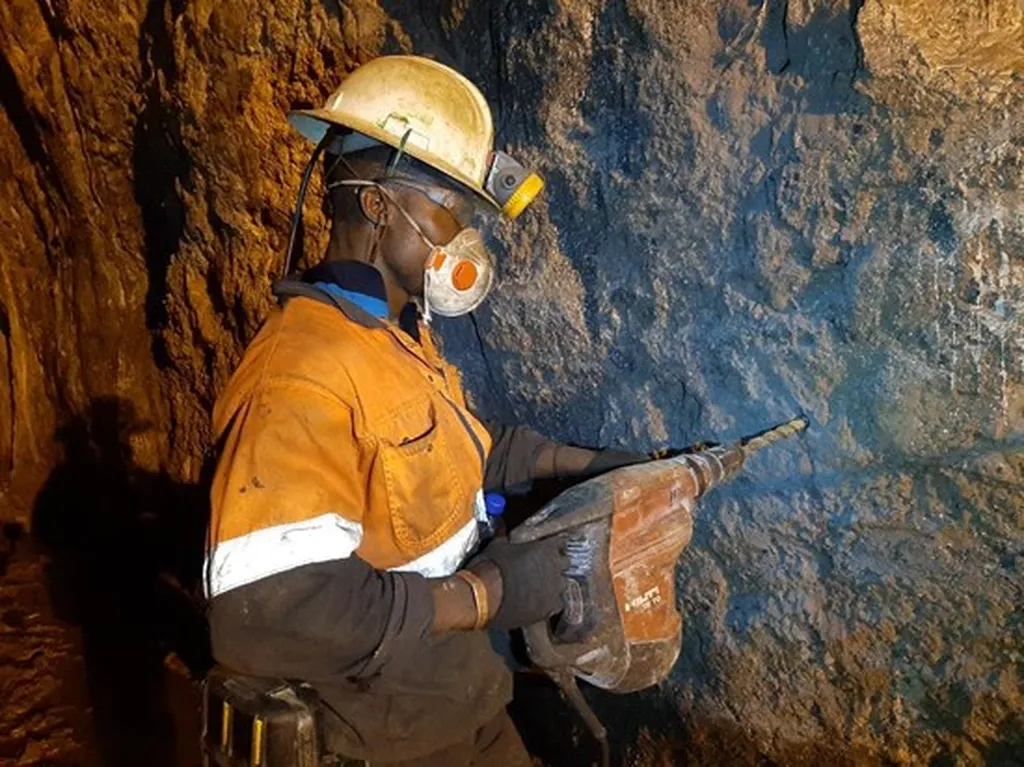In the heart of China’s Yunnan province, researchers are tackling a pressing challenge for the iron and steel industry: how to efficiently and sustainably recover valuable metals from blast furnace smelting dust. This dust, a byproduct of steel production, is rich in zinc and other metals, but its complex composition and potential toxicity have made recycling it a formidable task. Enter Lijuan Jia, a researcher at the School of Chemistry and Environment at Yunnan Minzu University, who is leading the charge in developing innovative wet recovery processes to extract zinc metal from this industrial waste.
Jia’s research, published in the journal ‘能源环境保护’ (translated to English as ‘Energy and Environmental Protection’), reviews the latest advancements in hydrometallurgical processes, which use aqueous solutions to selectively leach and recover metals from ores and waste materials. “The key to unlocking the value in this dust lies in understanding and optimizing the leaching process,” Jia explains. “We’ve seen significant progress in acid, alkaline, and ammonia leaching methods, each with its own advantages and challenges.”
The study reveals that acid leaching can achieve zinc recovery rates of 80% to 95%, but it struggles with highly alkaline and silica-alumina-rich materials. Moreover, it often co-dissolves impurities like iron and aluminum, complicating the purification process. Alkaline leaching, on the other hand, shows excellent selectivity for zinc oxide but faces issues with stability and equipment corrosion. The ammonia method offers high selectivity and low impurity dissolution rates, but ammonia evaporation and recycling complexities limit its widespread application.
To overcome these hurdles, researchers are exploring innovative approaches such as physical field enhancement technologies. “By applying ultrasonic, microwave, or electric fields, we can modulate the reaction kinetics and optimize mineral phase transformations,” Jia notes. “For instance, ultrasonic cavitation enhances mass transfer, significantly shortening the reaction time, while magnetic fields promote the selective release of valuable metals.”
The integration of these technologies with traditional leaching methods is paving the way for more efficient and sustainable zinc recovery processes. Multi-stage countercurrent leaching and ionic liquid extraction are among the innovative processes enhancing both recovery rates and purity. However, challenges remain, such as the complex chemical speciation of zinc in the dust and the need for optimizing system energy efficiency.
The implications for the energy and steel sectors are substantial. Efficient zinc recovery from blast furnace smelting dust not only reduces waste and environmental pollution but also creates a valuable secondary resource stream. As Jia envisions the future, “We aim to integrate mineral phase reconstruction with green leaching agents, establish closed-loop recycling processes, and develop multi-technology synergy and intelligent control systems. This will drive high efficiency, low carbon emissions, and economic upgrading in hydrometallurgy, promoting the sustainable development of metallurgical solid waste.”
For the energy sector, this research highlights the potential for innovative recycling technologies to contribute to a circular economy, where waste is minimized, and resources are continually reused. As the global push for sustainability intensifies, such advancements are crucial for achieving the synergistic goals of minimization, resource recovery, and harmlessness in industrial processes. With continued research and development, the future of zinc recovery from blast furnace smelting dust looks promising, offering both economic and environmental benefits.

